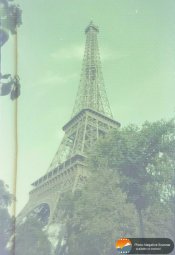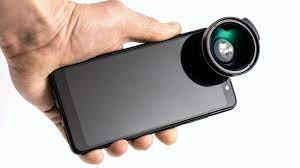I think the OP was asking for Linux software. My needs are obviously very different than yours as a smartphone would never be useful for my workflow. (My current smartphone is about 10 years old.). In a controlled environment, where I know the color temp of the backlight, the first step is a straightforward inversion, mask removal, and light source offset. Command line apps make that easy to do in batch. It’s how I attach exif data to the image as well. Final editing will be done in a graphic application sure, but if I’ve just scanned 10 rolls of 36 exposures, doing that one at a time in a graphic application is tedious.
No !
I'm looking for a new technology/way scanning film negatives. I have been scanning photos/documents/films etc. for >10 years on flatbed scanner. Software used are PaperPort (Windows) and SANE (Linux)
I wonder whether there are new technologies developed after 10 years.
I'm running both Linux and Windows PCs here. I have no problem doing post-editing on images running both GIMP (Linux) as well as Adobe PhotoShop (Windows), such as negative converted to positive, RGB and brightness adjusting etc.
It is possible doing them on command lines operation. Below is the Annotate List of Command-line Options of ImageMagick;
ImageMagick is a powerful open-source software suite for creating, editing, converting, and manipulating images in over 200 formats. Ideal for developers, designers, and researchers.

imagemagick.org
But you never get/know the instant result after executing the command lines.
Occasionally I run command-lines on Terminal editing images such as;
Rotate images:
$ convert image.jpg -rotate 90 rotated_image.jpg
(rotate the image 90 deg clockwise)
$ convert image.jpg -rotate -90 rotated_image.jpg
(rotate the image 90 deg counter-clockwise)
Compress all images to a zip file
$ zip archive.zip image1 image2 image3 ...
etc.
They never fail.
Also
It is possible running following command lines on Terminal to adjust "Brightness" and "Contrast";
$
convert -brightness-contrast 10x5 input_image.jpg output_image.jpg
-brightness 10 (above)
Setting Range: -100 to +100.
Positive values increase the brightness
Negative values decrease the brightness
'0': brightness remains unchanged
-contrast 5 (above)
Settings Range: -100 to +100
Positive values increase the contrast
Negative values decrease the contrast
'0': contrast remains unchanged.
But you can't see the change of the image promptly. You need to run graphic interface operation. Actually the front-end operation of all software is graphic interface while the back-end operation, command lines.
Command line to edit all images collectively is possible but you never get a good result. You need to do it individually, one by one. You need to apply different parameter/settings on each image.
Regards












